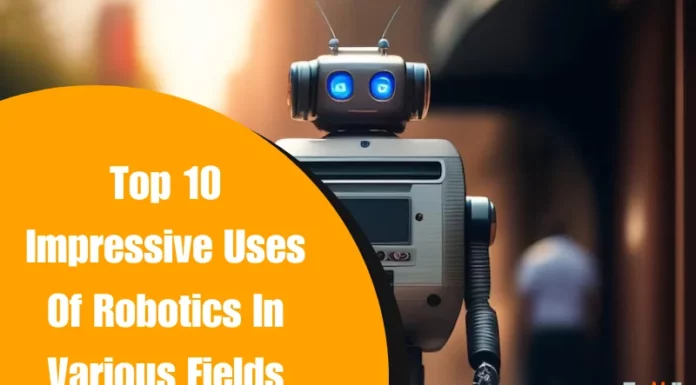Today in this fast-growing world, everything is done using technology. The technology we are using must be human-friendly. Being human friendly means the technology does not harm humans. When we talk about social robots, they must interact with humans and prove themselves as the most successful research in science. The interaction between humans and social robots is necessary to balance the ecosystem. Now the question arises of how will it happen? The answer is by using various types of senses that enable them to interact with humans.
Different Types Of Senses To Smoothen The Interaction Process
Following are different types of artificial senses which will enable a robot to interact with humans and to respond to the external environment:
Artificial Senses
Just like human beings have senses to feel, observe, and respond, similarly, senses will develop for the social robot. These definitions will help them to detect what is happening in the physical environment and respond it accordingly. These senses will design so that they can also hear and touch. But this logic does not include the senses to smell or to taste anything.

Artificial Vision
Vision is an essential element to observe what surrounds us. The social robots will have an internal digital camera that act as eyes and helps them to receive images of the background in a digital form. The function will enable them process these images into identifying what is going in the domain. This will also help them to differentiate between biotic and abiotic elements of the environment.
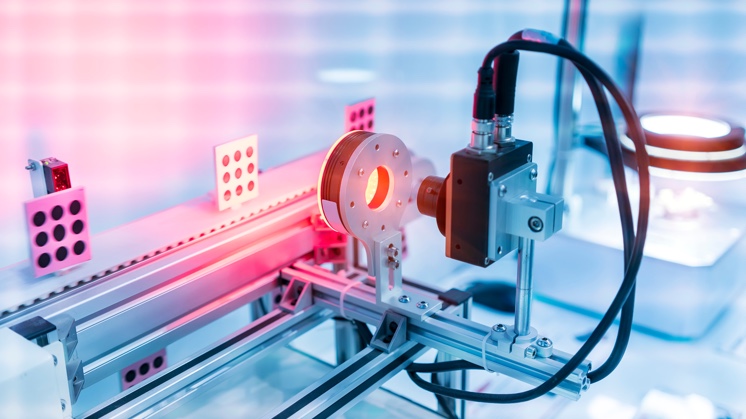
Artificial Hearing
To interact with someone, it is necessary that at first, we hear what they are saying to us. In other words, to respond or to give an answer is, the second thing; first thing is, to listen carefully what other person is saying. The robots will be designed so that they support artificial hearing through microphones.

Artificial Sound
Giving answers is also a crucial part of the interaction. That’s why social robots will have each system by which, they can answer to humans. This artificial sound system will help them speak up through speakers. This feature also includes various types of sounds or tones so that robots can also express their mood and feelings.

Artificial Touch
Touch sensitivity will help a robot feel whenever a human touches them. It is also an essential feature that enables a social robot to interact with humans through handshaking and other moments. We have already developed artificial skin that could be used by social robots.
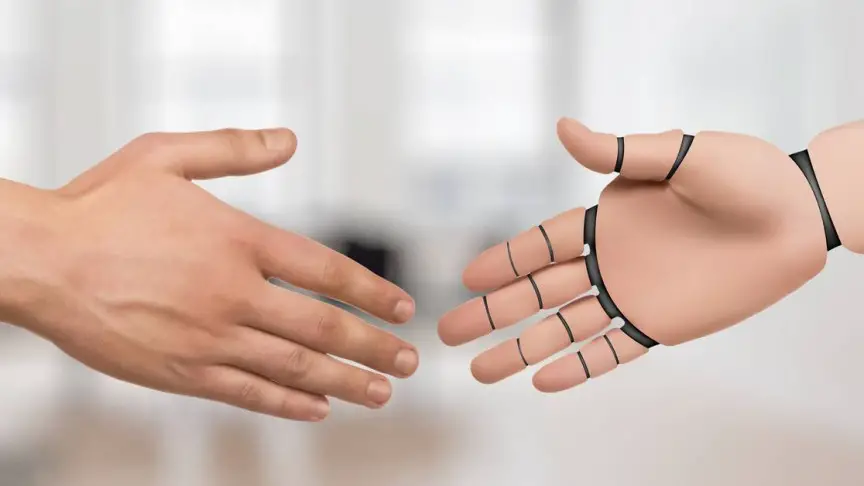
Features That Make Interaction Easy
For interaction, two parties must be the same and alike. Any differences regarding style, language, appearance may become hurdles in the interaction process. That’s why certain features should be there to make interaction easy such as:
The Appearance Of Social Robot
If robot appearance is different from humans, then it will create chaos. For example, if a robot has six hands as compared to two of a normal human being, it may be afraid the human population. So the appearance of robot must be the same as a human being.
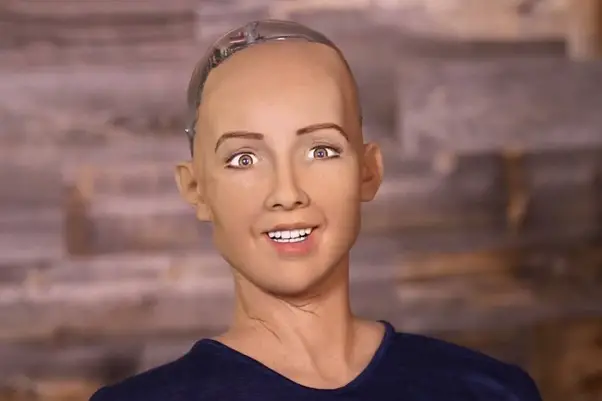
Movement
Again the movement should be the same as a human being because if a robot turns its head 360 degrees, it afraid the human especially the children. Although the moment theme scheme as humans it can appear to be natural.
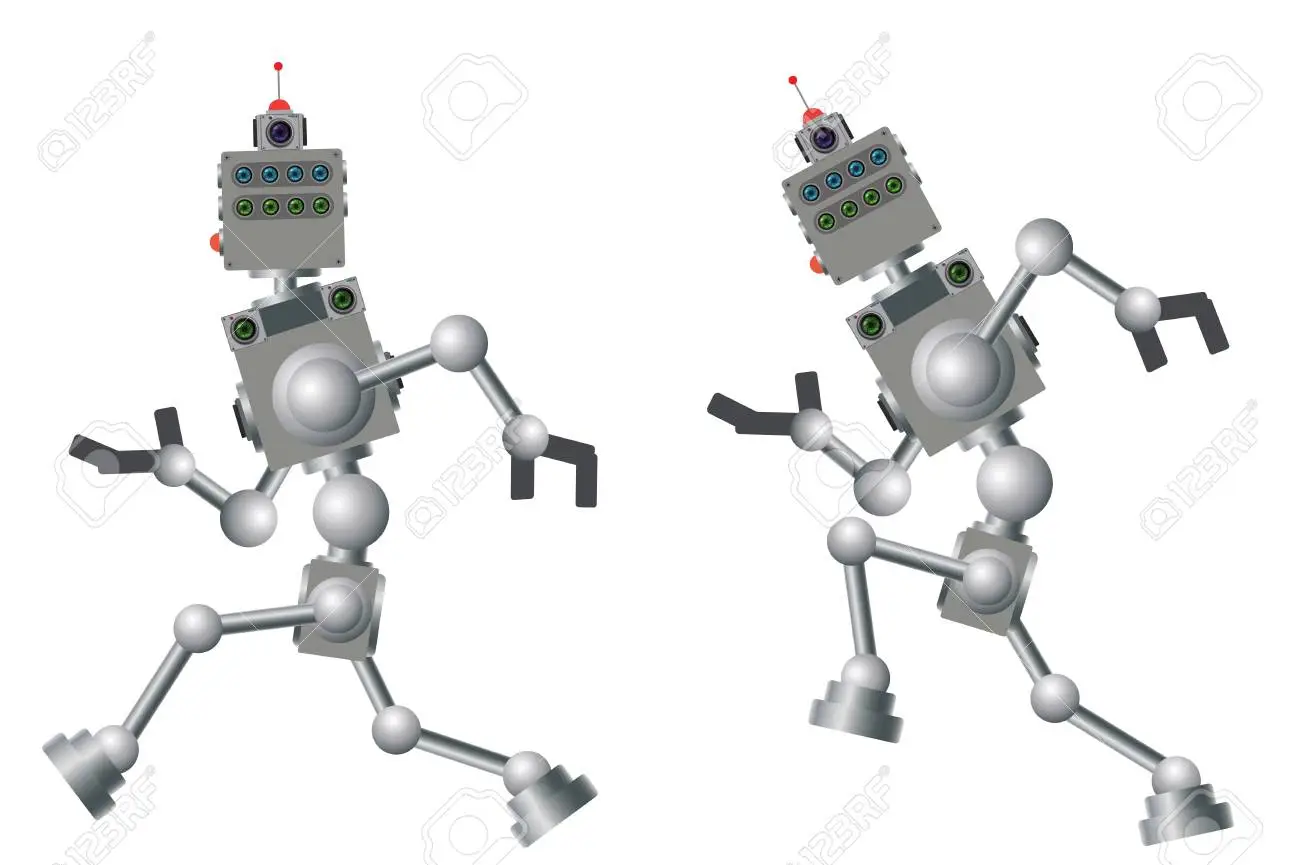
Voice And Sound
The voice should be in systematic manner. The sound of voice should not be much louder or much lower. It should be balance. The frequency should also be kept in mind.

Conclusion
For better interaction between social robots and humans, the robot should be designed human friendly. They must understand and adapt themselves to the environment. Also, there is a need for interaction between robot and human to keep life going on. At the same time, there is a need to keep a balance between both human and robots.




